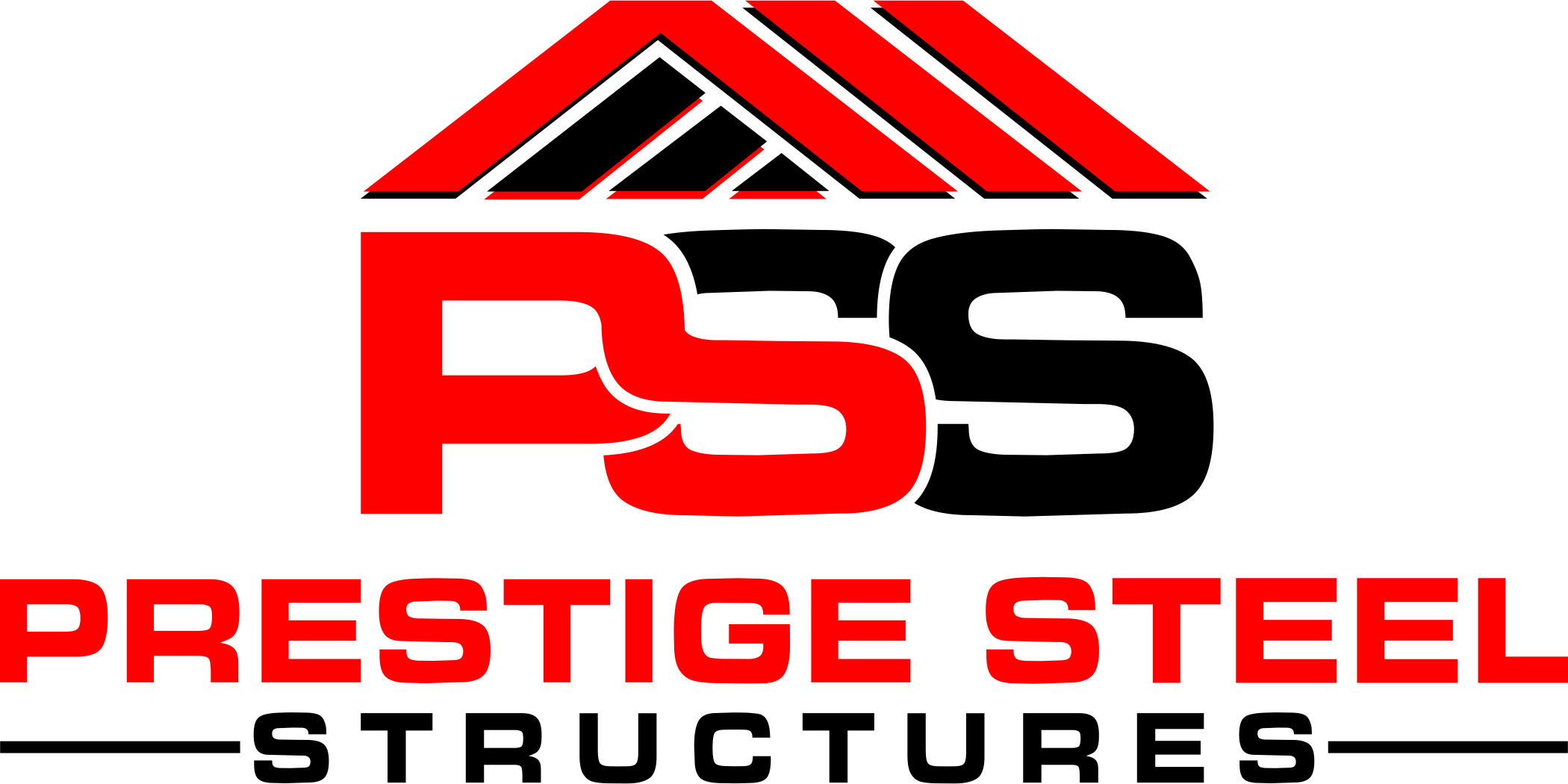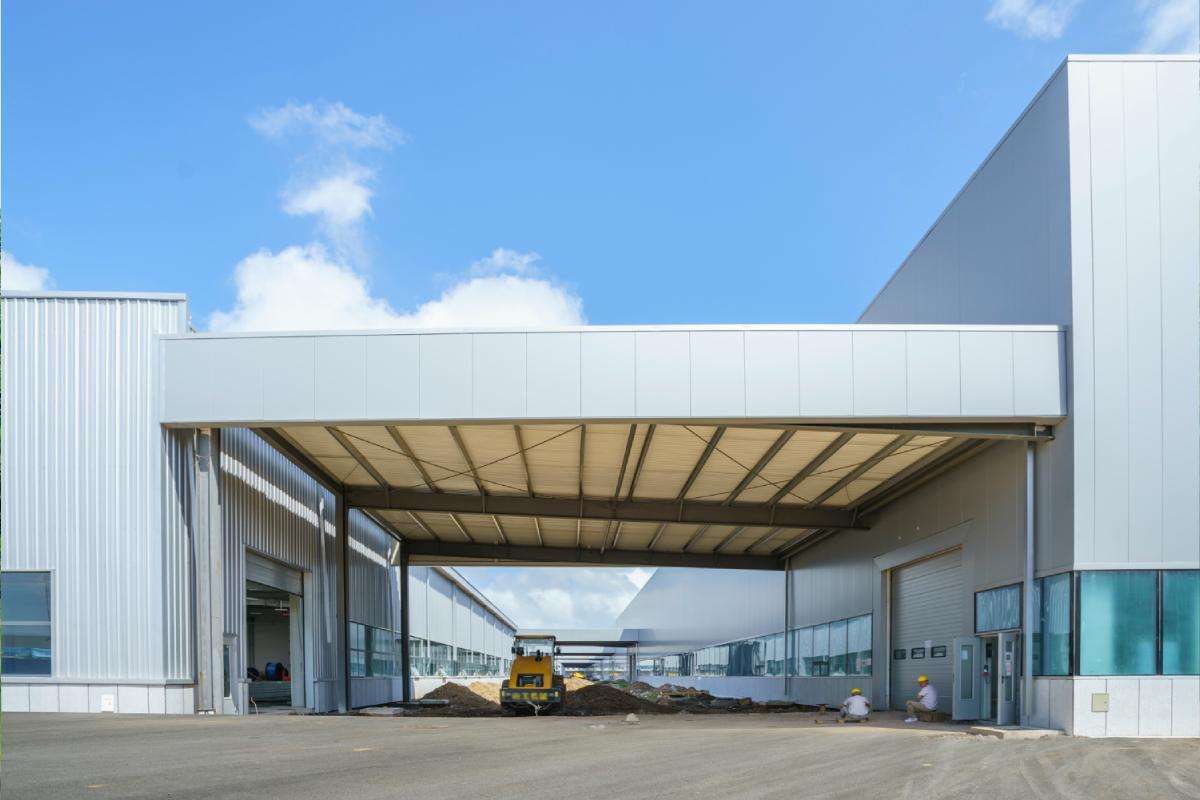Metal buildings are gaining traction across the construction industry for their strength, affordability, and flexible design options. Whether you’re a builder, architect, or project planner, understanding the different types of metal construction is key to making smart, informed decisions. This guide covers the core classifications of metal buildings, explains the differences between Type 1 and Type 2 construction, and outlines the three main categories of metal building methods. We’ll also touch on a practical example of type 3 construction in action.
Before breaking ground, it’s essential to carry out a detailed land survey to determine whether site remediation and preparation are needed. Skipping this step can lead to costly delays or compliance issues down the line. For those planning to invest in metal building projects, partnering with a financing provider can offer flexible solutions to help you secure necessary equipment without stretching your capital. Proper planning and smart financing lead to successful project outcomes.
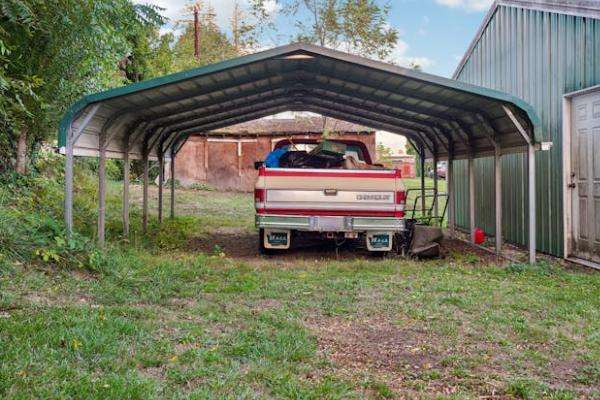
What Classification Do Most Metal Buildings Fall Under?
Most metal buildings are classified as non-combustible construction. This means that the core structural components such as beams, columns, and framing are made from materials that do not burn, usually steel. This classification is widely recognized for its superior fire resistance, making it a dependable choice for a broad range of industries, from commercial and industrial to institutional use.
Non-combustible construction helps improve safety and may contribute to better insurance rates and code compliance. Whether you’re planning a new facility or upgrading an existing one, choosing a non-combustible metal structure adds long-term value and security.
Understanding Type 1 and Type 2 Construction
Type 1 and Type 2 construction refer to building classifications that define the fire resistance level of a structure’s key components. These categories help guide safety standards, design choices, and regulatory requirements during the construction process.
Type 1 Construction
Type 1 construction, also known as fire-resistive construction, relies on materials built to withstand extremely high temperatures for extended periods. This method is commonly used for high-rise buildings, medical facilities, and other essential structures where fire protection is a top priority. Key structural components such as beams, floors, and columns are typically made of reinforced concrete or fireproofed steel. These materials are designed to meet rigorous fire-rating codes and safety standards.
Because of its superior fire resistance, Type 1 construction is often required in cities and high-density zones. It plays a crucial role in minimizing fire damage and protecting lives during emergencies.
Type 2 Construction and Applications
Type 2 construction is categorized as non-combustible, offering a moderate level of fire resistance. It typically uses structural materials like steel or concrete, though with fewer fireproofing enhancements than more fire-resistant types. These buildings are commonly used for light commercial purposes such as retail stores, warehouses, and industrial facilities where fire protection is important but not highly regulated.
Because Type 2 buildings strike a balance between safety and cost-efficiency, they are often chosen for everyday commercial use. This approach helps reduce construction costs while still meeting basic fire safety codes.
When planning a build, it’s also important to factor in on-site safety measures like scaffolding solutions, which can help ensure a secure working environment throughout the project lifecycle.
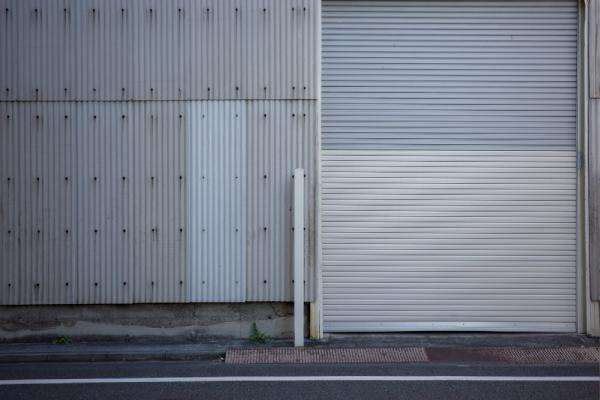
What Are the Three Types of Metal Construction?
Metal construction is commonly divided into three main types, each with its own set of strengths and ideal use cases. Whether you’re developing a residential, commercial, or industrial project, understanding these construction styles can help you make an informed decision that saves time, money, and maintenance costs down the road.
Light-Gauge Steel Framing
Light-gauge steel framing utilizes thin sheets of steel that are cold-formed into C- or U-shaped profiles. These components are light in weight yet remarkably strong, making them an excellent choice for interior walls, partitions, and even some structural components in smaller buildings. Light-gauge framing is often used in both residential and commercial construction due to its efficiency and resistance to warping, termites, and fire. It’s also easy to transport and assemble, which helps reduce labor time and waste on the job site. For builders aiming for clean, precise lines and dependable framing, this method offers both performance and flexibility.
Structural Steel Framing
Structural steel framing involves the use of hot-rolled steel elements like beams, columns, and girders. This system is especially well-suited for buildings that require high load capacity and large open spans, such as office towers, arenas, and distribution centers. Structural steel offers long-term durability and design flexibility, allowing for creative architectural elements without compromising stability. It also provides better resistance to environmental stressors like wind, seismic activity, and fire, making it a trusted choice for critical infrastructure.
Pre-Engineered Metal Buildings (PEMBs)
PEMBs are factory-built systems that arrive on-site ready for fast installation. They are widely used in warehouses, agricultural facilities, workshops, and other utility-based structures. Pre-engineered buildings are known for their cost-efficiency, quick setup, and customizable layouts. These buildings are engineered to meet local building codes and can be easily expanded or modified as needs evolve. For developers looking to maximize space with minimal delays, PEMBs are a smart and scalable solution.
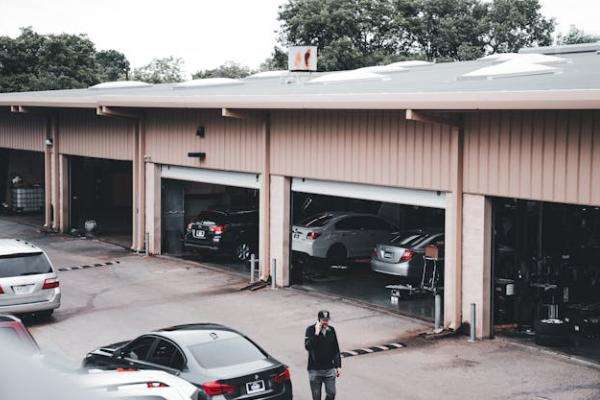
What Is an Example of Type 3 Construction?
A practical example of type 3 construction includes structures that incorporate both combustible and non-combustible materials such as traditional masonry walls paired with metal framing components. These hybrid buildings are often seen in mid-rise commercial or mixed-use developments where durability and fire safety are key considerations.
Metal building construction, in particular, plays a critical role in fire-prone regions. Using non-combustible materials like steel enhances a building’s ability to withstand wildfires. These fire-resistant properties make metal structures a dependable option for protecting both lives and property in hazardous conditions. Their strength and longevity add another layer of security, especially in areas vulnerable to natural disasters.
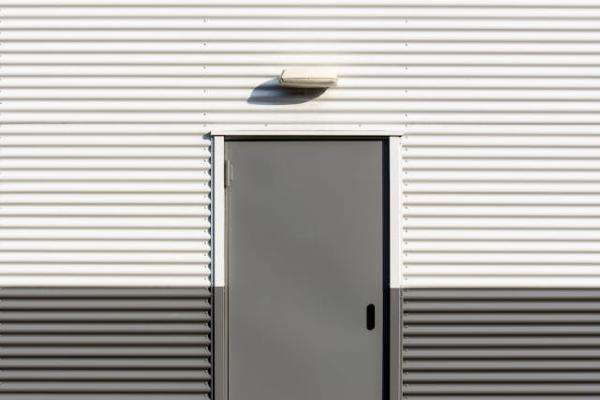
Key Considerations for Metal Building Success: Compliance, Sustainability, and Future-Proof Design
The Role of Building Codes and Compliance in Metal Construction
When constructing a metal building, navigating the complex web of local, provincial, and national building codes is essential for legal and safety reasons. These regulations outline key requirements such as fire resistance ratings, load-bearing capacities, insulation standards, and material specifications, many of which are influenced by the chosen construction type (e.g., Type 1 or Type 2). Compliance not only protects builders and property owners from costly fines or delays but also plays a major role in insurance qualifications and long-term structural integrity. For example, non-combustible classifications typically meet stricter fire safety standards, making them more favorable for commercial zoning approvals. Metal buildings must also comply with accessibility and environmental regulations, including proper drainage, ventilation, and energy efficiency ratings. A failure to adhere to these codes can lead to denied occupancy permits or future renovation costs. Working closely with architects and code consultants during the planning phase ensures smoother execution and minimizes risks.
Energy Efficiency and Sustainability in Metal Buildings
Modern metal buildings are not just about strength and affordability they’re also increasingly favored for their environmental and energy-saving benefits. Unlike traditional wood construction, steel and other metal materials are often recycled and recyclable, reducing the carbon footprint of new construction projects. In addition, metal buildings can be easily designed to meet energy efficiency targets through integrated insulation systems, reflective roofing, and ventilation enhancements. These features help regulate indoor temperatures, reduce HVAC loads, and lower utility costs over time. Builders may also install solar panels more efficiently on metal roofs due to their durability and structural integrity. Sustainable design choices like cool roofing, high-performance glazing, and smart lighting systems further contribute to LEED certification or other green building standards. As governments and businesses move toward stricter energy targets, selecting metal as a primary construction material positions your building for long-term operational savings and environmental responsibility.
Future-Proofing Through Modular and Expandable Design
One of the most valuable yet overlooked aspects of metal building construction is its ability to support modular growth and adaptive reuse. Pre-engineered metal buildings (PEMBs) and structural steel frameworks are highly adaptable, making it easier to expand or reconfigure layouts in response to changing needs. This scalability is especially beneficial for businesses that anticipate growth or wish to avoid the disruption of complete rebuilds. Features like bolt-together framing and open spans allow for easy integration of new sections, such as mezzanines, loading bays, or office pods. Additionally, modular construction methods shorten project timelines and reduce waste, enabling faster ROI for commercial investors. Metal buildings are also compatible with emerging technologies like smart sensors, green tech, or warehouse automation ensuring the infrastructure can support future upgrades. By designing with adaptability in mind, stakeholders can ensure their metal building remains functional, cost-effective, and relevant for decades to come.
Conclusion
Choosing the right construction type for your metal building is more than a technical detail; it’s a critical decision that impacts safety, compliance, and cost-efficiency. Whether you’re opting for fire-resistive Type 1, cost-effective Type 2, or hybrid Type 3 structures, each option offers unique benefits depending on your project’s goals and regulatory needs. Understanding the differences between light-gauge framing, structural steel, and pre-engineered metal buildings also ensures that your build is tailored for long-term performance and adaptability. Beyond structure, modern metal buildings offer advantages in energy efficiency, environmental sustainability, and future-proof design. They align well with both short-term timelines and long-term operational goals, making them a smart investment for businesses and developers alike. With proper planning, compliance guidance, and smart financing, your metal building can meet today’s requirements while remaining ready for tomorrow’s growth.
FAQs
What construction type is most common for metal buildings?
Most metal buildings fall under Type 2 construction, which is classified as non-combustible.
What’s the main difference between Type 1 and Type 2 construction?
Type 1 has higher fire resistance than Type 2 due to more advanced fireproofing materials.
Are pre-engineered metal buildings considered structural steel?
No, PEMBs use prefabricated parts, while structural steel framing is custom-built on-site.
Can metal buildings be used for residential projects?
Yes, light-gauge steel framing is often used in residential and small-scale commercial buildings.
Do metal buildings help with energy efficiency?
Yes, they support insulation, solar panels, and reflective roofing for lower energy costs.

